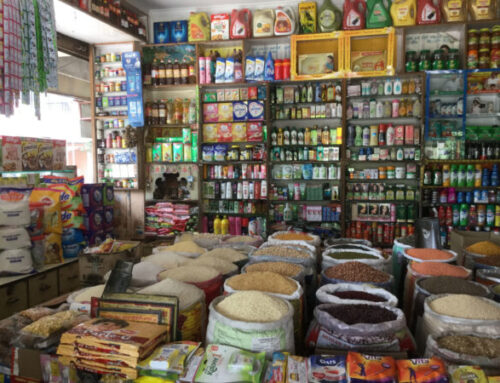By Rahul Shetty, Brand Consultant
Introduction
In the pursuit to catch consumer attention and a place in the shopping cart brands leave no stone unturned, more so in the festive season when buying sentiments are at a peak. This festive season that has come after a dry spell, courtesy COVID-19, brings brands the perfect opportunity to attract buyers through occasion-based advertising.
Muted consumer sentiments due to the lockdown had brought businesses to a standstill with several brands cutting down on advertising owing to the lull. All eyes are now on the upcoming festive season to bring back the feel-good days of advertising back. And finally, with the festive season setting in, some optimism has started to shine through after a prolonged period of doom and gloom.
Festive ads are back but this time with a different narrative of celebrating responsibly with social-distancing and safety in mind. However, for any brand to create a clutter-breaking festive campaign, it’s important to not just portray these realities but to find the underlying connection between the festival and what the brand stands for.
Diwali by the numbers
India’s top retail trade body said on Sunday that sales during the country’s Diwali festive period rose by more than 10% year-on-year, indicating “good business prospects” for small businesses.
The Confederation of All India Traders (CAIT), which claims to represent tens of millions of firms across the country, said that sales of its members during the one-month festive season that ended on Saturday increased to more than 720 billion rupees ($9.7 billion).
“People didn’t purchase anything in the last eight months except essentials. Hence people had enough surplus money, and a portion was spent on Diwali festivities,” Praveen Khandelwal, CAIT’s secretary-general told Reuters.
CAIT members include retailers who sell everything from electrical items to furniture and footwear. The trade body said it gathered sales data from 20 cities.
What were the industry giants up to?
The idea behind PepperFry’s marketing campaign was to persuade people to stop getting their furniture made at home since that’s the largest segment of furniture consumers.
In this Ad, a wife who is miffed with her husband, who is trying to convince her that the furniture they’re getting made at home will be finished within a week. It is taking far longer, with the workmen making excuses, and finally, the duo just orders their dining table from Pepperfry.com.
In this Ad, a woman is getting a sofa made at home, and trying to convince her grandfather how all the money and inconvenience will all be worth it when it’s over. But the final product is just a shoddily made, uneven couch. She finally orders one off Pepperfry.
The Bridgegap verdict
Global furniture market is estimated at USD 1.1 Trillion out of which the Indian market size is less than 5%. With India being home to 17.7% of the world’s population, how do we contribute to less than 5% of the global market? The reason primarily being that the Indian furniture market is highly unorganised coupled with the fact that the data for this segment is not captured. Pepperfry, as a brand has addressed the same point. The move from getting furniture made vs purchasing readymade furniture is very similar to the current trend in the apparel industry. With more individuals preferring readymade items, for reasons like time, availability of options, budget and an overall hasslefree experience; it is safe to say that the furniture market is steadily moving towards the organised sector.
Sources
- https://www.exchange4media.com/advertising-news/festive-advertising-brand-campaigns-that-are-lighting-up-our-screens-108701.html
- https://thewire.in/business/indias-top-retail-trade-body-says-diwali-sales-up-10-8-in-2020
- https://brandequity.economictimes.indiatimes.com/news/advertising/pepperfrys-new-brand-campaign-targets-the-get-it-done-at-home-customer/52394502
- https://www.tpci.in/indiabusinesstrade/blogs/furniture-industry-a-sunshine-sector-for-india/





